In the fast-paced digital landscape of today, social media platforms have become a vital channel for businesses to connect with their target audience. To maximize their reach and engagement, many companies turn to paid advertising on social media platforms. While paid social media advertising offers numerous advantages, it also comes with its own set of challenges. In this article, we'll explore the pros and cons of using paid ads on social media.
Pros of Paid Ads on Social Media
1. Targeted Advertising
One of the most significant advantages of paid social media ads is the ability to finely target your audience. Platforms like Facebook, Instagram, and LinkedIn offer a plethora of targeting options, such as demographics, interests, behaviors, and location. This precision allows you to reach potential customers who are more likely to be interested in your products or services, increasing the efficiency of your advertising efforts.
2. Increased Visibility
Paid social media ads can give your brand an instant boost in visibility. Your content will be promoted to a larger audience, which can be particularly beneficial for startups and small businesses trying to gain recognition in a competitive market. Social media platforms provide ample space for eye-catching visuals and engaging ad formats to captivate your audience.
3. Measurable Results
Social media advertising offers detailed analytics and tracking tools that allow you to monitor the performance of your campaigns in real time. You can measure metrics like click-through rates, engagement, and conversion rates, helping you refine your strategy and optimise your budget.
4. Cost-Effective
Compared to traditional advertising methods, paid social media ads can be cost-effective. You have control over your budget, allowing you to set daily or lifetime spending limits. Additionally, pay-per-click (PPC) and pay-per-impression (PPI) models ensure that you only pay when your ad generates actual interactions.
5. Quick Results
With social media advertising, you can see results quickly. Your campaigns can be set up in a matter of minutes, and you can start reaching your target audience almost immediately. This is in contrast to some organic social media strategies that take time to build momentum.
Cons of Paid Ads on Social Media
1. Ad Fatigue
Social media users are exposed to numerous ads every day, leading to ad fatigue. Your audience may become desensitised to your ads, resulting in lower engagement and click-through rates over time. To combat this, you'll need to continuously refresh your ad content and creative to maintain user interest.
2. Ad Blocking
Some users employ ad-blockers or skip ads when possible, reducing the effectiveness of your campaigns. It's essential to be aware that not all users will see your paid ads, and you may need to invest additional resources in non-intrusive content marketing to reach those who actively avoid ads.
3. Increasing Competition
As more businesses recognize the value of social media advertising, competition on these platforms is intensifying. This means higher costs per click and impressions, making it harder for smaller businesses with limited budgets to compete effectively.
4. Negative Feedback
While paid ads can help boost visibility, they can also elicit negative feedback from some users who may find them intrusive or irrelevant. Negative comments or reactions can harm your brand's reputation, requiring active monitoring and management.
5. Algorithm Changes
Social media platforms frequently update their algorithms, which can affect the reach and performance of your paid ads. This means you need to adapt your strategy and creative content to stay in line with platform changes.
In conclusion, paid social media advertising offers a range of advantages, including precise targeting, increased visibility, and measurable results. However, it also presents challenges such as ad fatigue, ad-blocking, and increasing competition. To make the most of your paid social media ads, it's crucial to strike a balance between effective targeting and creating engaging, non-intrusive content to ensure a positive user experience. Regularly reviewing and adapting your strategy is key to successful social media advertising.
